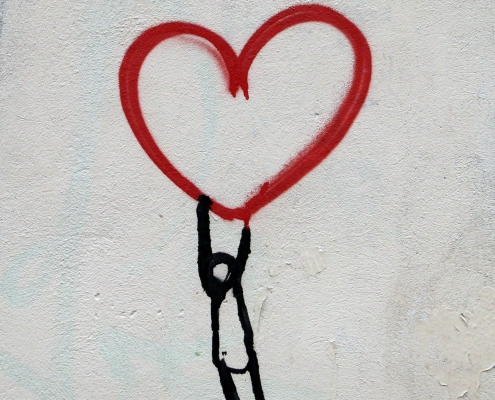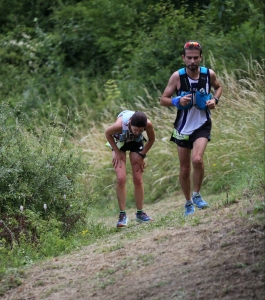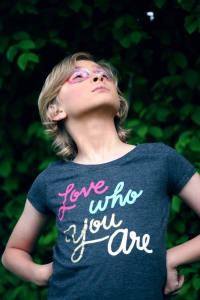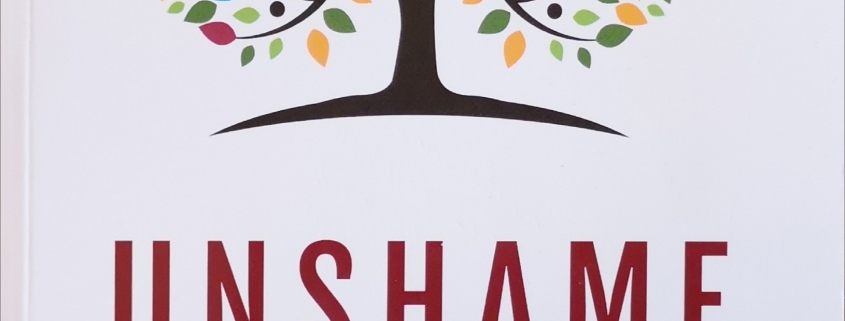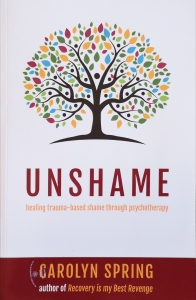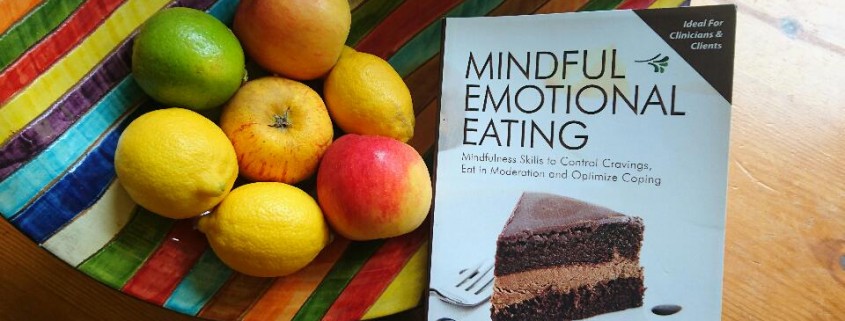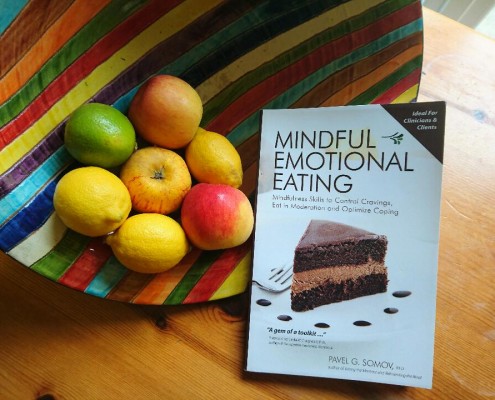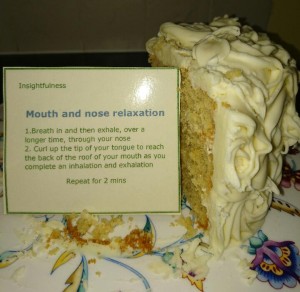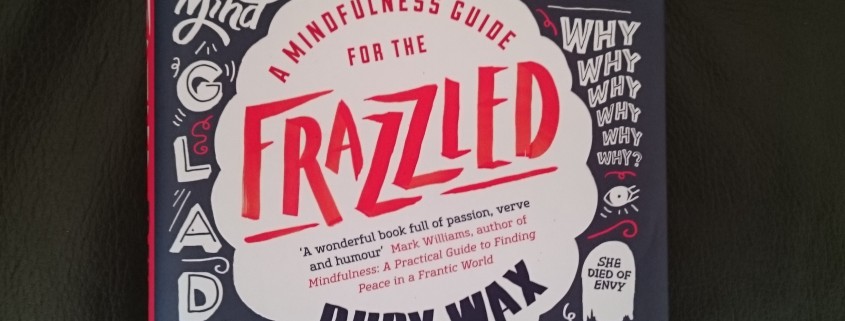Self Compassion- How to Build Resilience during the Covid Pandemic 2020
Compassion-An Introduction.
I first began learning about compassion through the work of Paul Gilbert.
Through Gilbert’s work I have learnt that being compassionate is something that we are born with. He says it is important in the regulation of our emotions. He describes our motivational system as 3-fold:
- We are motivated to avoid danger and harm;
- We are motivated to get rewards, and pleasure
- We are motivated to seek out comfort and connection.
Compassion fits into this final category. When we are compassionate to ourselves and to others we feel safe and connected.
Compassion is a difficult thing to fully understand and define. We are tempted to think of it as kindness or empathy. Kristin Neff has been interested in compassion since 1997 and devoted her career to understanding it. On her journey she has observed the benefits for herself and others and she now works with Christopher Germer developing courses such as their Mindful Self Compassion course. It wasn’t until I started the Mindful Self Compassion (MSC) course for myself that I realised how little self compassion I have and what it actually feels like to be cruel all the time to someone (me) who is only trying their best.
Although I still have a critical voice telling me how hopeless I am, I now recognise that I don’t need to believe this voice. When I go running this voice is constant-
‘I’m never getting any faster’, ‘why do I want to stop you’ve only just started’, ‘you ran better last week’, ‘other people are better than you’ and on and on.
Does this sound familiar? I am learning how to reply to this voice, maybe with….
‘you again ,hello’, ‘I am out running, not playing Candy Crush and that’s what counts’, ‘this is exhilarating even though it’s hard’.
It takes practice to offer words of kindness and acceptance.
Self-Compassion-3 Components (from Neff)
Neff has managed to pull apart self compassion into 3 areas. Each offers a different insight, and you might find you relate to one more than the others.
It may seen odd but self kindness is only part of self compassion. Kindness and compassion are often used interchangeably but there is a difference. Compassion has an element of action attached to it.
Kindness is offering care and comfort for someone who is hurting. Self kindness is offering care to yourself when you are hurting. It is free from criticism and judgement. It is treating yourself as you would treat a friend who is in pain.
I have found learning to offer myself kindness when I am in a critical mode is challenging. Shifting the thoughts from ‘you made a pigs ear of that’ to ones of kindness ‘I know how much you tried. I can tell you are disappointed, I know you did your best. It is important to notice the emotion. Learning to understand the emotions that we feel and our reactions to them is part of mindfulness. Kindness is recognising tough emotions might be present and not dismissing them or pushing them away.
Our body actually changes when we receive kindness, levels of oxytocin increase and we feel calmer. Conversely when we are stressed the brain is less sensitive to these calming influences, so critical self talk actually creates more fear and more agitation.
-
Common Humanity
This is a reminder to ourselves that we don’t stand apart from other human beings, we are all the same, all prone to making mistakes, non of us is perfect. This is not self pity, which is when we feel sorry for ourselves, self pity separates us from others, which in itself causes loneliness and lack of connection. Self pity is ‘poor me’, ‘no-one has the same difficulties I do’, common humanity helps us feel connected, we all can feel these things. If you remember at the beginning I mention Gilbert’s work, he speaks of us being motivated to connect with others to feel safe, and belonging. Self compassion is an innate biological tool to keep us connected to others.
Common humanity also provides an antidote to one of societies cruel habits, that of continually encouraging us to compare ourselves with others-wealth, beauty, fitness, experiences, material possessions, intelligence. When we compare ourselves we often end up feeling inadequate, or not good enough. This comparison ‘game’ also decreases connection, to be better than someone we have to make that other person worse in our eyes.
In my running club I might often find myself looking for people who I can run faster than to help me feel good about myself. However, it offers more compassion to myself and to others if I am able to see them as also trying there hardest, and maybe unhappy with their speed. Straight away there is a sense of connection rather than disconnection.
-
Mindful Awareness
This is the third aspect of self compassion. Mindful awareness means bringing attention towards our experience, but without judgment. This helps us notice our pain, and offer ourselves self-compassion. So often we are reactive to our experience, or over identify with it. For example we may forget to do something, a variety of feelings may arise; frustration, guilt, annoyance, self pity. Mindful awareness is about noticing these, and allowing ourselves to recognise we didn’t ‘forget’ on purpose, the feelings may exist, however, we don’t need to feed them, through mindfulness we can recognise them and offer compassion, its ok, you didn’t forget on purpose. Forgetting doesn’t mean you are a failure, or never get things right, this is over identification.
Putting it into action-How to Build Resilience during the Covid Pandemic
Self-compassion may not come easily, and it can be quite overwhelming to receive kindness instead of judgement. If you begin to feel overwhelmed this is quite normal, as it can feel quite odd to accept yourself as worthy of love and kindness.
Things to try
- Occasionally just pause from what you are doing and pay attention to the critical voice that might be in your head.
- Is it there? Do feelings arise from this voice?
- They are thoughts, they are not true
- Create an alternative voice that offers kindness
- When you feel bad remind yourself that everyone has off days, everyone struggles with things. Perfection does not exist.
- Meditation can be a way to recognise emotions and thoughts as they arise. You may want to start a meditation practice to help.
- When you feel sadness or negativity be curious as to how a close friend might comfort you. See if you can be that close friend and offer yourself kind words of reassurance and acceptance.
We are struggling through tough times, the pandemic (Covid 19) is not easing. Resilience is waning for most of us. Self-compassion is a tool that can sustain us, it can rebuild resilience and reassure us that we are not alone, we are in this together.
Useful reading
The Mindful Self-Compassion workbook, A proven way to accept yourself, build inner strength and thrive. Kristin Neff and Christopher Germer Publ. Guildford press 2018
The Compassionate Mind. Paul Gilbert . Publ Constable 2013.
Useful Links
The Compassionate Mind Foundation.

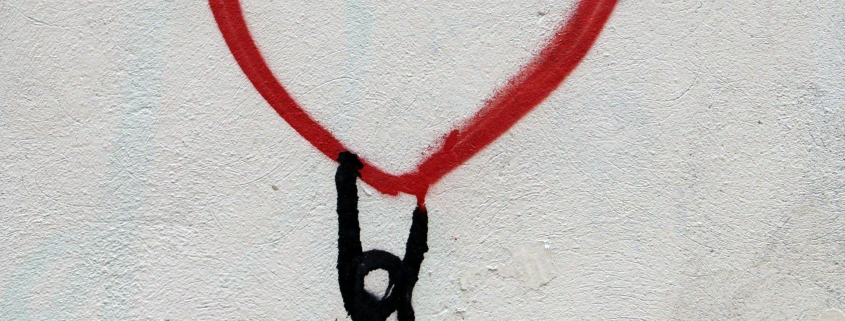 nick-fewings-ka7REB1AJl4-unsplash
nick-fewings-ka7REB1AJl4-unsplash